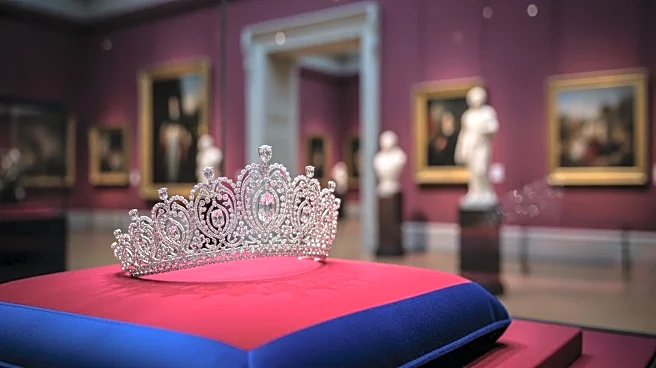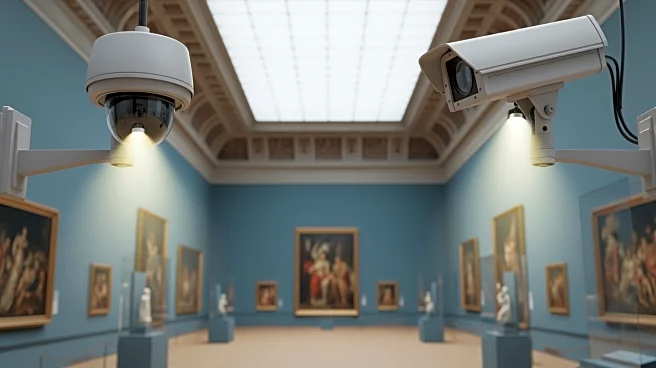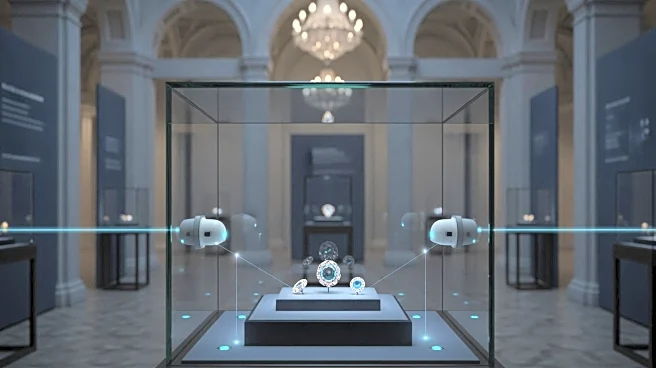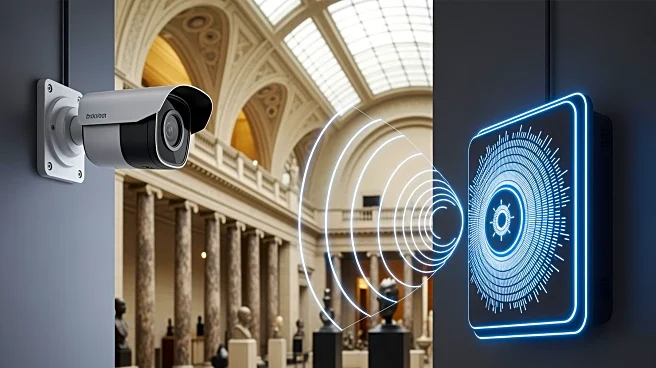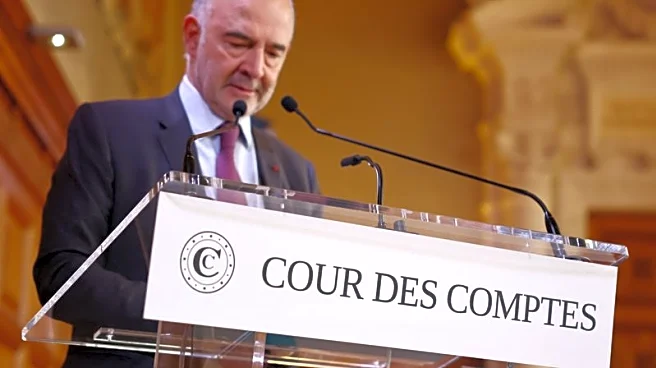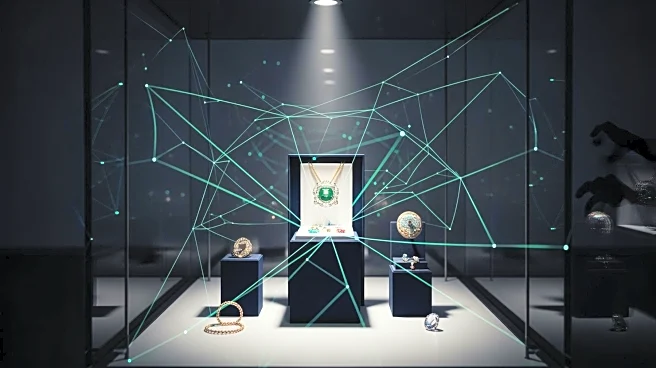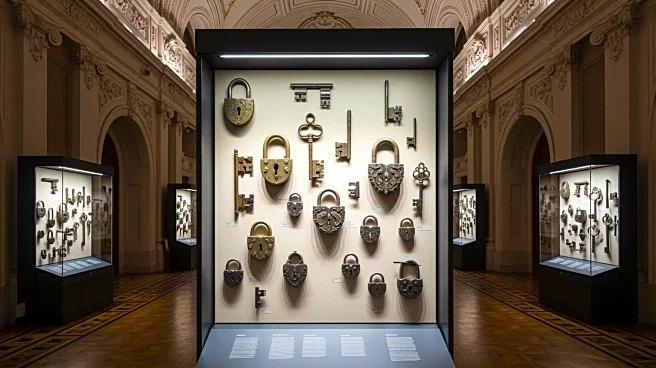What's Happening?
The Louvre Museum in Paris has come under scrutiny following a significant jewel heist that occurred on October 19. Thieves managed to steal €88 million worth of jewels, including the Marie-Louise necklace
and a tiara worn by Empress Eugenie, from the museum's Apollo Gallery. The Court of Auditors criticized the museum for prioritizing art acquisitions and exhibitions over essential security measures. The report highlighted that from 2018 to 2024, the Louvre spent significantly more on new artworks and exhibition spaces than on security and maintenance. The museum's ambitious New Renaissance project, which includes plans for a new entrance and additional exhibition spaces, has also been criticized for lacking proper feasibility and financial evaluations.
Why It's Important?
The heist has raised concerns about the security protocols at one of the world's most visited museums. The incident underscores the potential vulnerabilities in cultural institutions that prioritize expansion and visibility over security. This could lead to increased scrutiny and pressure on museums globally to reassess their security measures. The theft also highlights the potential risks associated with high-profile projects like the Louvre's New Renaissance, which may divert attention and resources from essential security needs. The incident could impact public trust and the museum's reputation, potentially affecting visitor numbers and future funding.
What's Next?
In response to the criticism, the Louvre has acknowledged the Court of Auditors' recommendations and is likely to implement changes to enhance security. The museum may face increased pressure from government officials and the public to ensure the safety of its collections. Additionally, the ongoing investigation into the heist continues, with four suspects arrested and the stolen jewels still unrecovered. The museum's management may need to balance its ambitious expansion plans with the need to address security concerns to prevent future incidents.
Beyond the Headlines
The heist at the Louvre raises broader questions about the allocation of resources in cultural institutions. The focus on high-profile projects and acquisitions may overshadow the need for robust security measures, leaving valuable collections vulnerable. This incident could prompt a reevaluation of priorities within museums, emphasizing the importance of safeguarding existing collections. Furthermore, the involvement of individuals with criminal backgrounds in the heist highlights potential security risks associated with personnel and the need for thorough background checks.
